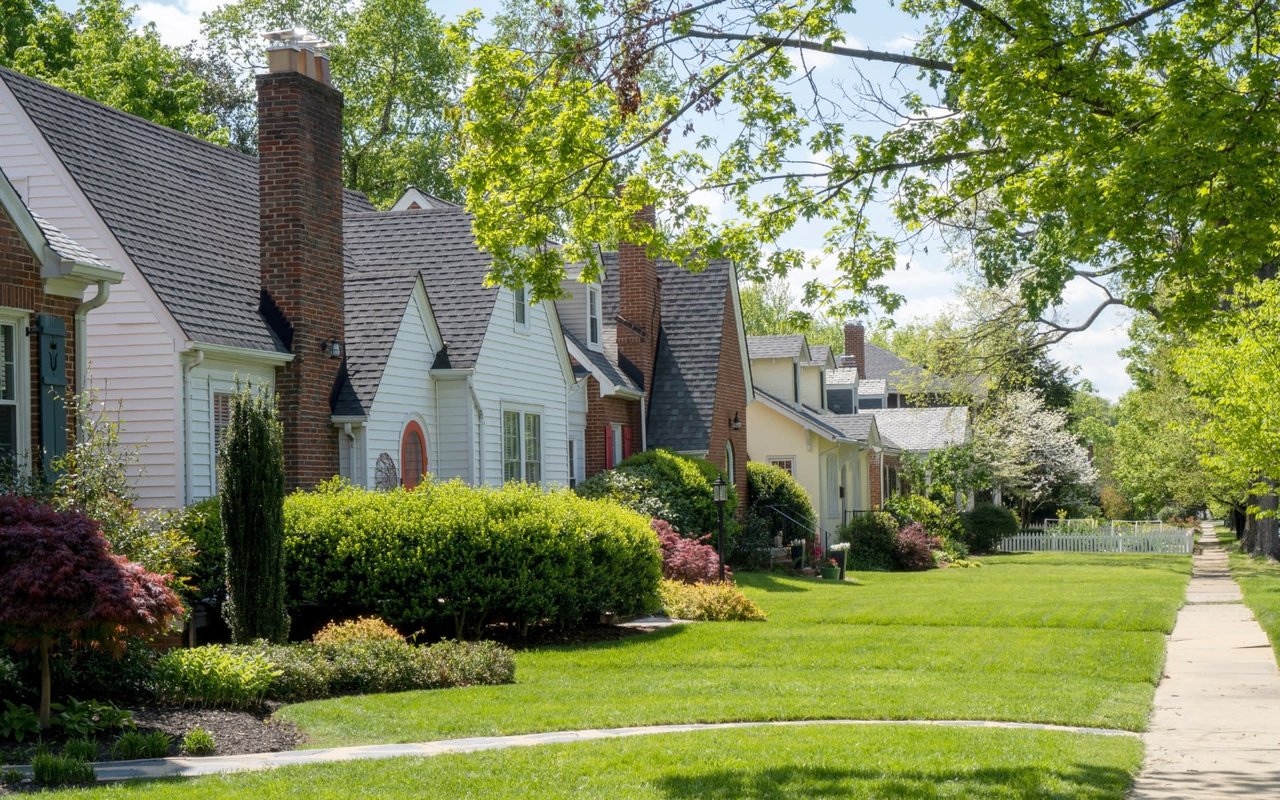Chances are, you’ve already encountered Spotted Lanternflies. If not, you’ve almost definitely heard of them. This invasive species has been taking our Southeast Pennsylvania region by storm ever since its accidental introduction to our area in 2014. Less obvious invasive species, like the Emerald Ash Borer and Buckthorn, still pose a real threat to the economic, environmental, and public health of Chester County.
There is good news. The Governor’s Invasive Species Council has been working to improve our state’s response to invasive species. This past March, they announced the implementation of the pilot phase of their proposed program. We’re still a few years out from directly experiencing the benefits of the program here in Chester County, though local organizations are already hard at work defending the natural beauty that makes our area so special.
Clarification
Before we get too far, just what is an invasive species? The US Department of Agriculture defines an invasive species based on two criteria:
- Is an “alien species” (defined as “biological material capable of propagating that species”).
- The introduction does or is likely to cause economic or environmental harm or harm to human health.
In other words, an invasive species is a non-native species capable of reproducing and spreading in its new environment, causing economic, environmental, or public health harm. The most important part to remember about what does or does not qualify is that “invasive” means the species is doing harm to wherever it’s been introduced. We have plenty of crops that were historically imported to our area and are considered positive impacts on the ecosystem, like tomatoes. It’s only when something imported could do harm to the environment that it’s considered a problem.
With the Spotted Lanternfly, the damage they cause to crops and the sooty mold stains they leave behind are evident enough, while the buildup of bodies and clouds of buzzing red-and-black insects is drastically more visible. Any long-time locals can tell you these pests weren’t here 20 years ago. These are obviously causing harm to our area, and it is easy to recognize that they were introduced from elsewhere.
The Emerald Ash Borer is less obvious, yet arguably more dangerous to public health and safety. These tiny beetles blend into their environment with their namesake color helping to camouflage. While they don’t leave nasty residue or attack all plant life indiscriminately, they do lead to increased falling limbs and trees. A property with ash trees is at increased risk of tree related dangers while these invasive pests remain a problem.
Invasive Species aren’t only insects. Plants, animals, insects, and even molds of all sorts can qualify as invasive species. As of February of 2022, three plant species have been added to the list of recognized invasive plants: ravenna grass, glossy buckthorn, and common buckthorn. These decorative plants have been staples of landscape projects in our area for years, yet recently have been recognized as negatively impacting local species. Note that, as of April 5, 2023, enforcement is in full effect for these new additions to the list of banned plants.
Looking Forward
This July, the pilot phase of the Governor’s Invasive Species Council begins in the northwestern region of our state. In an ideal world, the pilot phase will go well, with minimal adjustments needed to take their drawing room plans and make them work in practice. Then, the adjusted plan would roll out for the whole state, and it would become easier to distribute specialized resources where they can do the most good.
For us, that likely would mean resources to address the Spotted Lanternfly, Emerald Ash Borer, Zebra Mussels, and other species that are still trying to get a foothold in our region. The application process for those resources would be shorter and less complicated, and we wouldn’t be directly competing with Pittsburgh and Harrisburg for resources anymore.
Helpful Resources
- USDA National Invasive Species Information Center – Pennsylvania page
- Invasive Species Fact Sheet provided by the PA Department of Conservation & Natural Resources
- Invasive Species of Concern provided by the PA Department of Agriculture
- Invasive Species Management information provided by the Brandywine Red Clay Alliance
- Invasive Species Storymap provided by the Governor’s Invasive Species Council
- Spotted Lanternfly fact sheet provided by the Chester County Department of Health
- Emerald Ash Borer fact sheet provided by the USDA
Invasive species are more than just pests; they’re a real threat to all the diverse life that makes Chester County so special. Over time, the picturesque landscapes memorialized by the Wyeth family could be completely erased by bamboo groves and ravenna grass, barren of ash trees and covered in sooty mold spots. Left unchecked, invasive species can destroy ecosystems, creating something unstable in its place. By staying informed and working together, we can make a difference in preserving the unique charm and natural beauty of Chester County.
Thank you again for reading to the end! If you know anyone who might be interested in learning more about invasive species, or any of the other topics I’ve covered, please send them to my blog page! And if you’ve learned anything today, please let me know! As always, I strive to talk about topics that relate to you. If there’s something you’d like to see featured in Jon’s Corner, please reach out and let me know!





